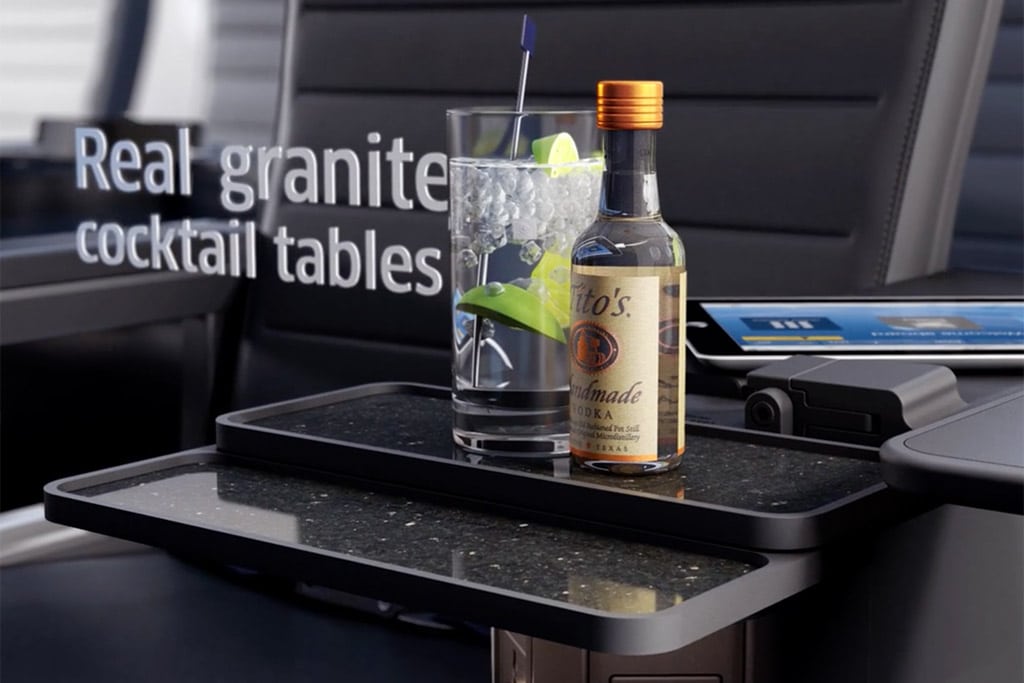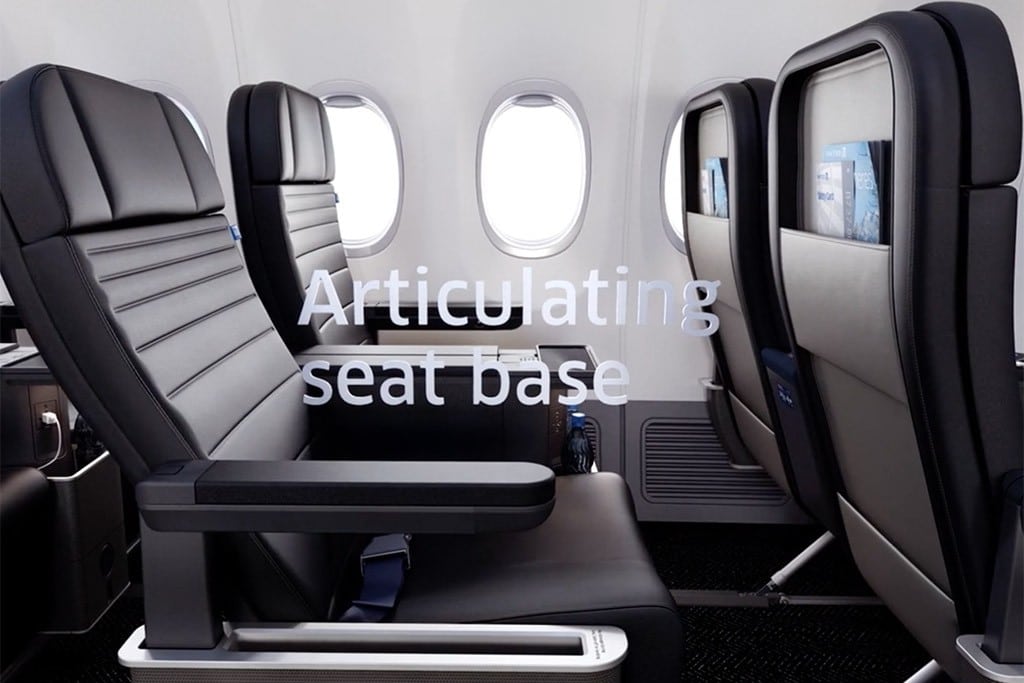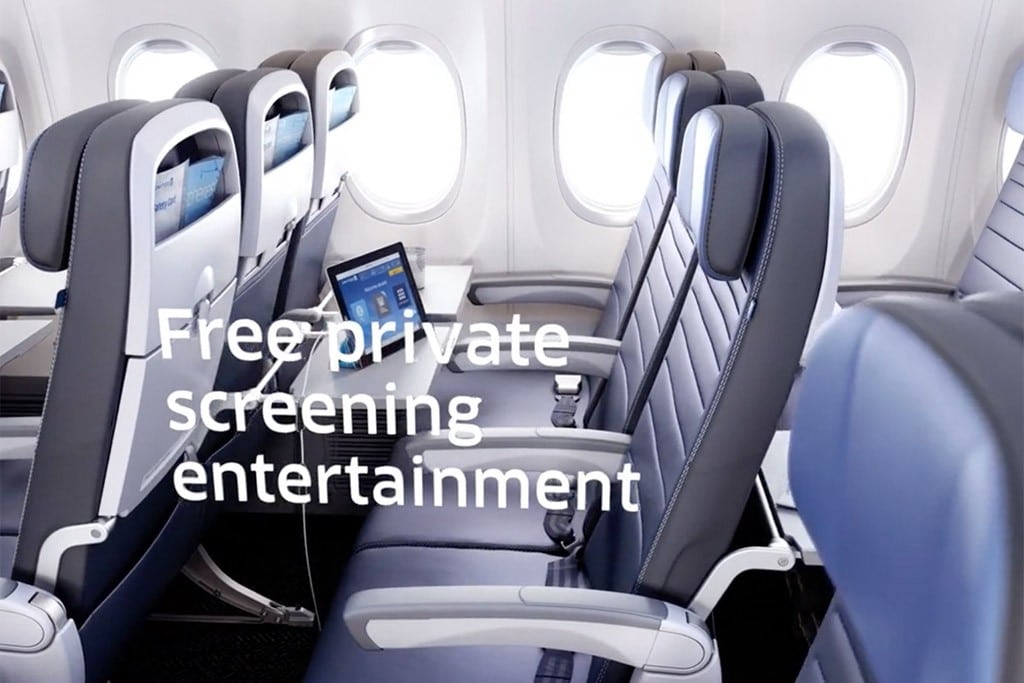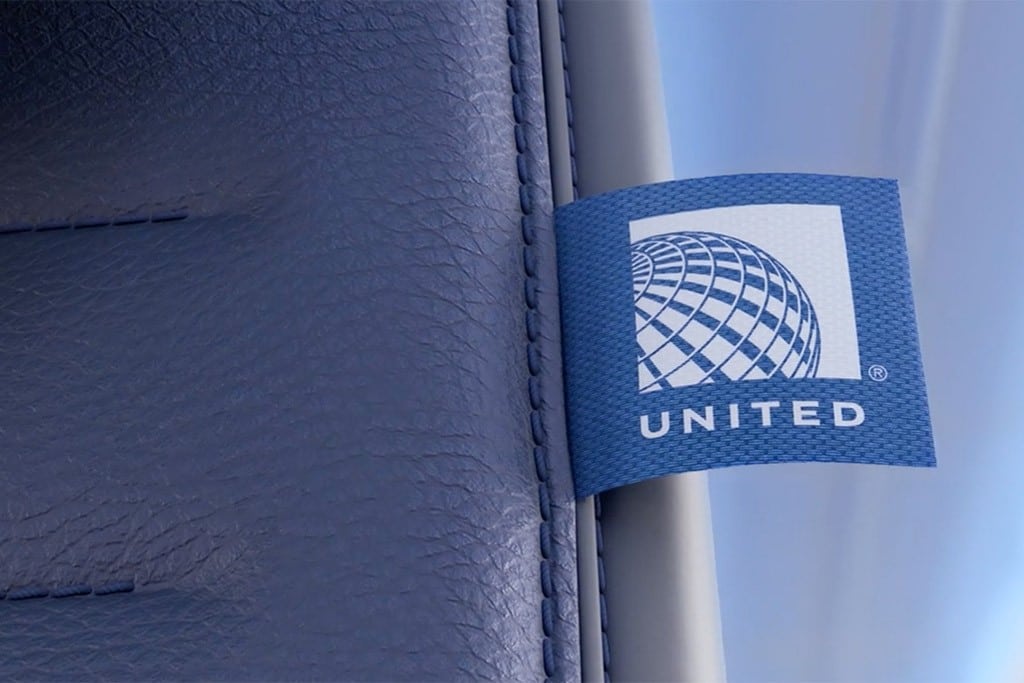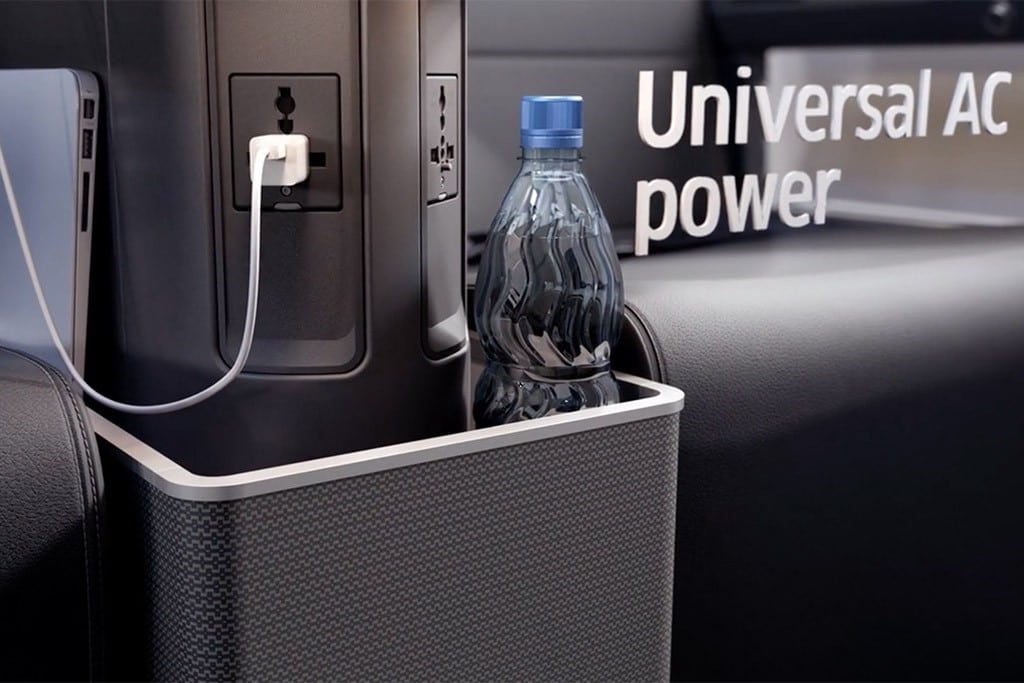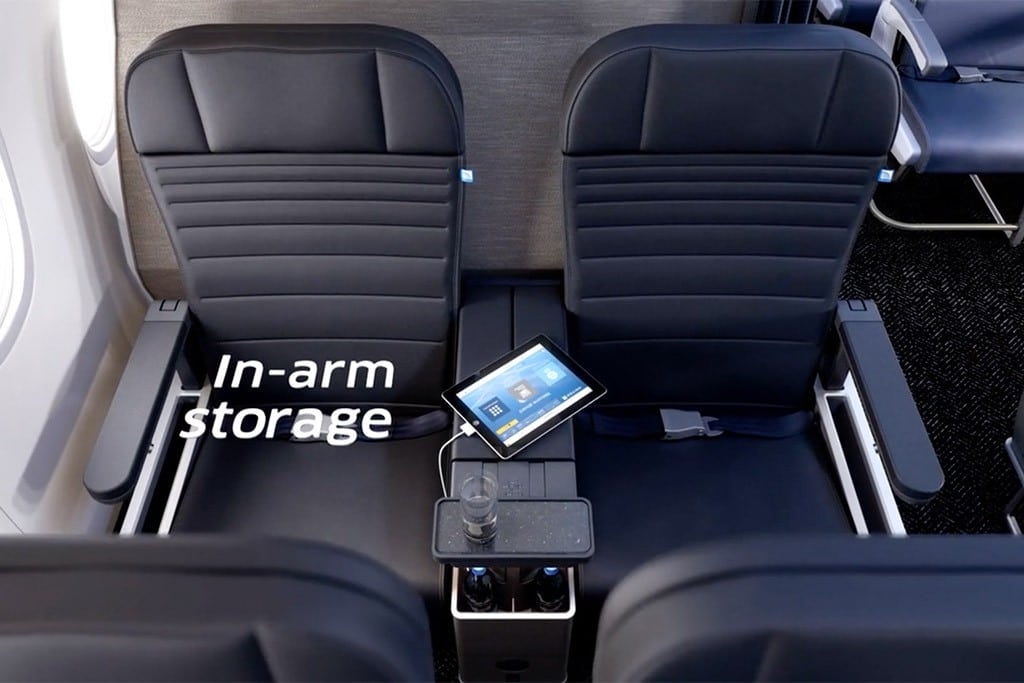Skift Take
United’s tracks moving forward could run along the lines of the Amtrak model; not aspiring to compete with global airlines on design, passenger comfort, and perks. If the kinks are taken out of the system, staff unity is achieved, fares are competitive, and United becomes more efficient, U.S. passengers might not mind.
Dramatic changes at United, with the abrupt resignation of CEO Jeff Smisek and other top executives, followed by an immediate announcement of new President and CEO Oscar Munoz this week, have not interfered with planned deployments of product and service upgrade at the airline.
The airline’s Managing Director, Marketing and Product Development, told Skift just last month that United was committed to becoming more ‘flyer-friendly.’ This is a promise United needs to deliver on to reverse its negative image in the market.
The airline has now revealed that it is delivering promised product upgrades, including new domestic First/Premium seating, designed by Priestmangoode in London. The seats will debut on an A319 next week, roll out in A319 and A320 planes this fall and “many” Boeing 737s and 757s through 2016. In all, more than 200 of the airline’s narrowbody aircraft will get the new first-class cabin.
While the First Class seat design is conservative, fitting United’s overall product offering, it means business, offering a wider seat at 21.1-inches, forward recline, and other passenger-friendly features.
The one which particularly stands out is a patented-design tray table with tablet holder, which lets passengers work as they dine.
“This new seat is directly based on customer testing and feedback,” said Tom O’Toole, United’s senior vice president and chief marketing officer. “We designed a custom seat that incorporates the features that today’s passengers want and upgrades our cabins.”
With this announcement, United confirmed that it will also follow through on other passenger improvements it has promised.
Programs Soldier On
These are programs had been in the works behind the scenes at United for a while; such programs don’t happen overnight in aviation. They are not programs which management could easily put on pause, while it rushed to define a moving-forward strategy under new leadership.
It’s no surprise, despite the predominance of news questioning United’s next best steps, that United’s next steps are, in fact, what they would have been regardless.
The real question, for United’s customers and staff alike, is whether the changes at the top will reverse the hardships that United/Continental has struggled with since the merger.
New products—even a new domestic premium seat—can’t do that.
Firing Up the Brand
Even if, as some suggest, United updated its branding, painting new livery on the aircraft, updating (bringing back?) a logo for the tail–the typical changes one sees with a brand redefinition–the airline’s core issues remain.
United must create a sense of single purpose with its employees, and deliver consistent products and services to customers.
Ongoing internal disputes with staff affects that sense of single purpose, damaging the brand. Service disruptions and IT issues do as well. Resolving those will be of paramount importance.
New Leadership Vs. Old Thinking
The airline’s new CEO has promised operational improvements, and better relationships with staff, saying, “Together, we will make United the top-performing airline.”
It leaves open the question of how ‘top performance’ will be defined. Though Munoz has committed himself to flying the network, and getting a better feel of the product and services, customers should temper their expectations.
Munoz has said he will focus on capacity discipline, referencing “analogs and parallels” between the airline and rail industries. This might be the right approach, by the numbers, but it could push conservative United closer to a commodities and utilities strategy; further away from a brand experience, and customer-loyalty strategy. The temptation to lean back on a strong network and limited competition will be great.
Given that Munoz’ resume is weighted heavily with commodities and utilities companies, including Coca-Cola, PepsiCo, AT&T and rail freight company CSX, that seems more likely.
As Munoz wrote in a LinkedIn Post published early this August, entitled “Eye on the Big ‘I'”:
“‘Efficiency’ is the name of the game–if we can just do the same thing faster with fewer resources, we have triumphed.”
To accomplish this efficiency, with innovation, Munoz encourages fostering “intrapreneurs” within the organization. Yes, he created a word there.
If he can find and nurture those individuals at United, it would be a start. A start of what, we’ll have to wait and see.
The Daily Newsletter
Our daily coverage of the global travel industry. Written by editors and analysts from across Skift’s brands.
Have a confidential tip for Skift? Get in touch
Tags: in-flight, paxex, united airlines
Photo credit: Still from a promotional video revealing United Airline's new interiors. United Airlines
